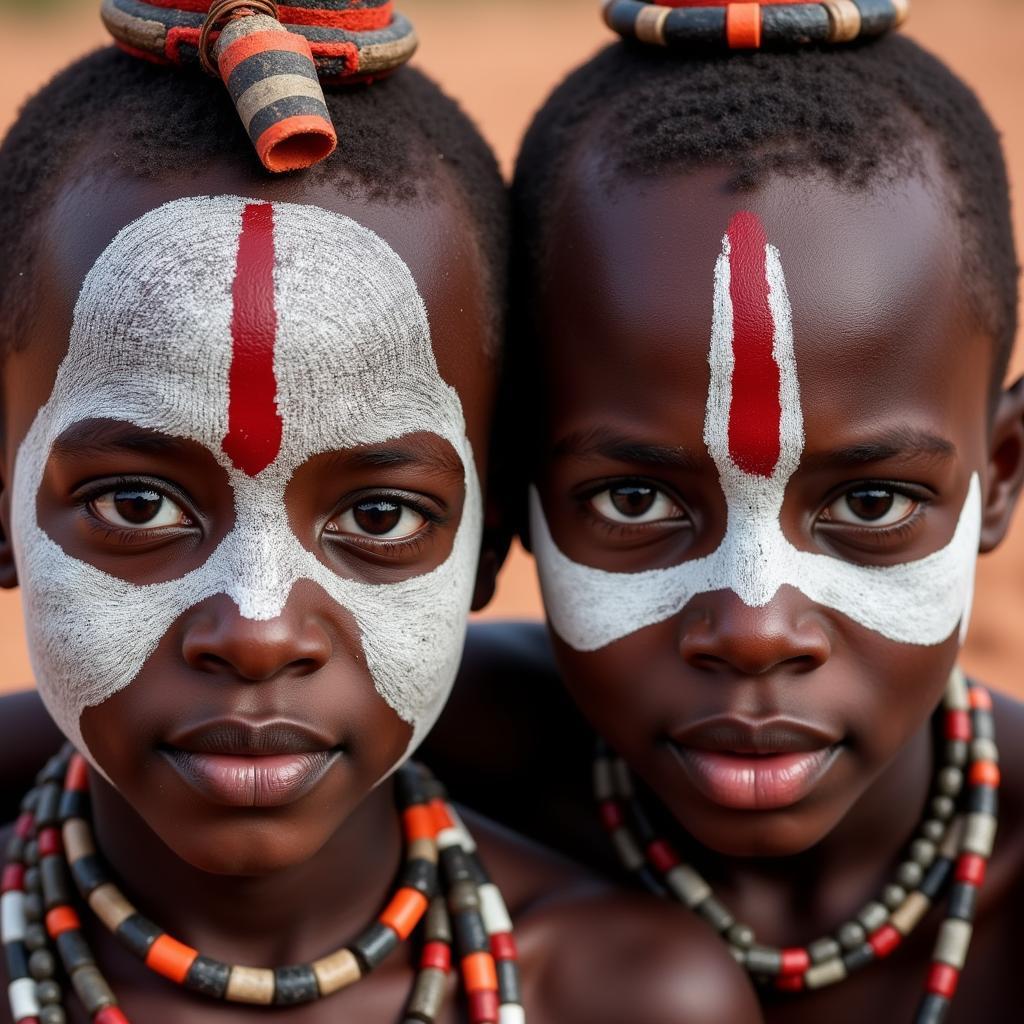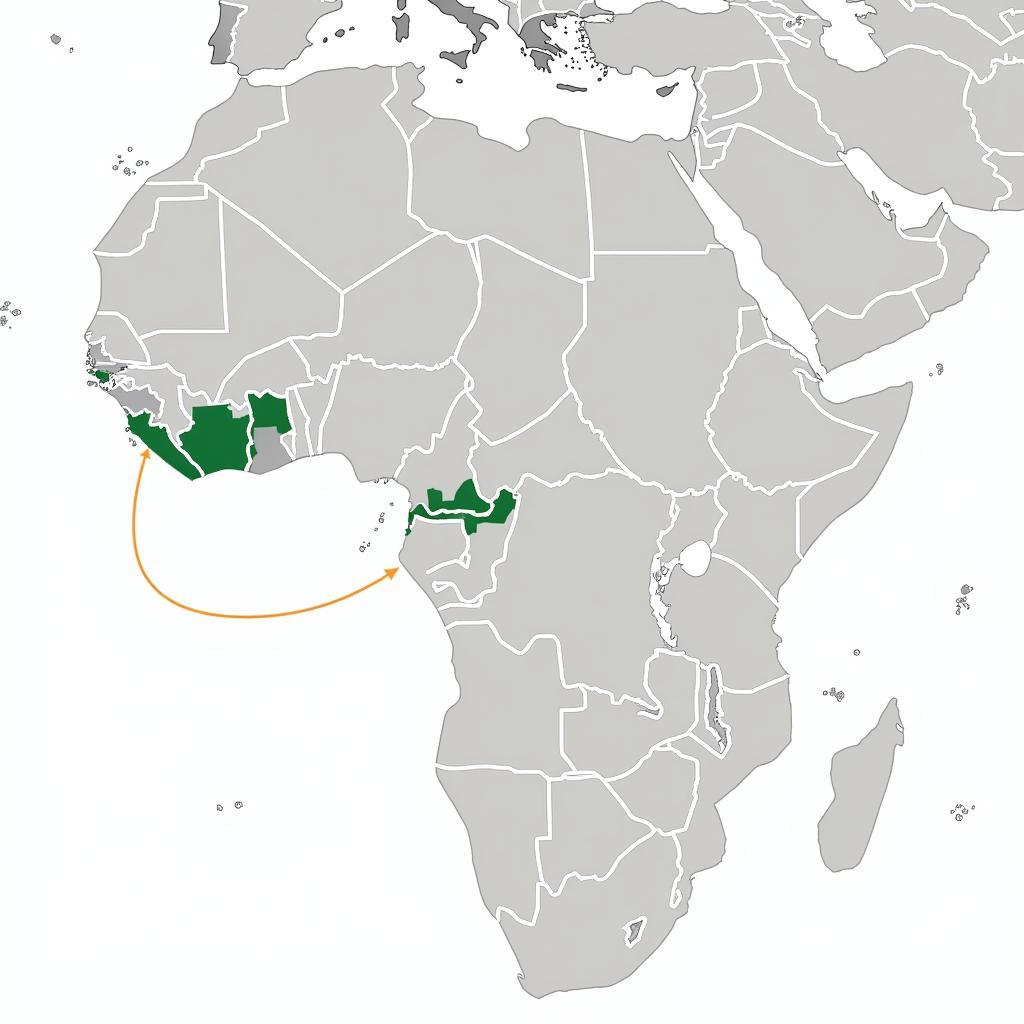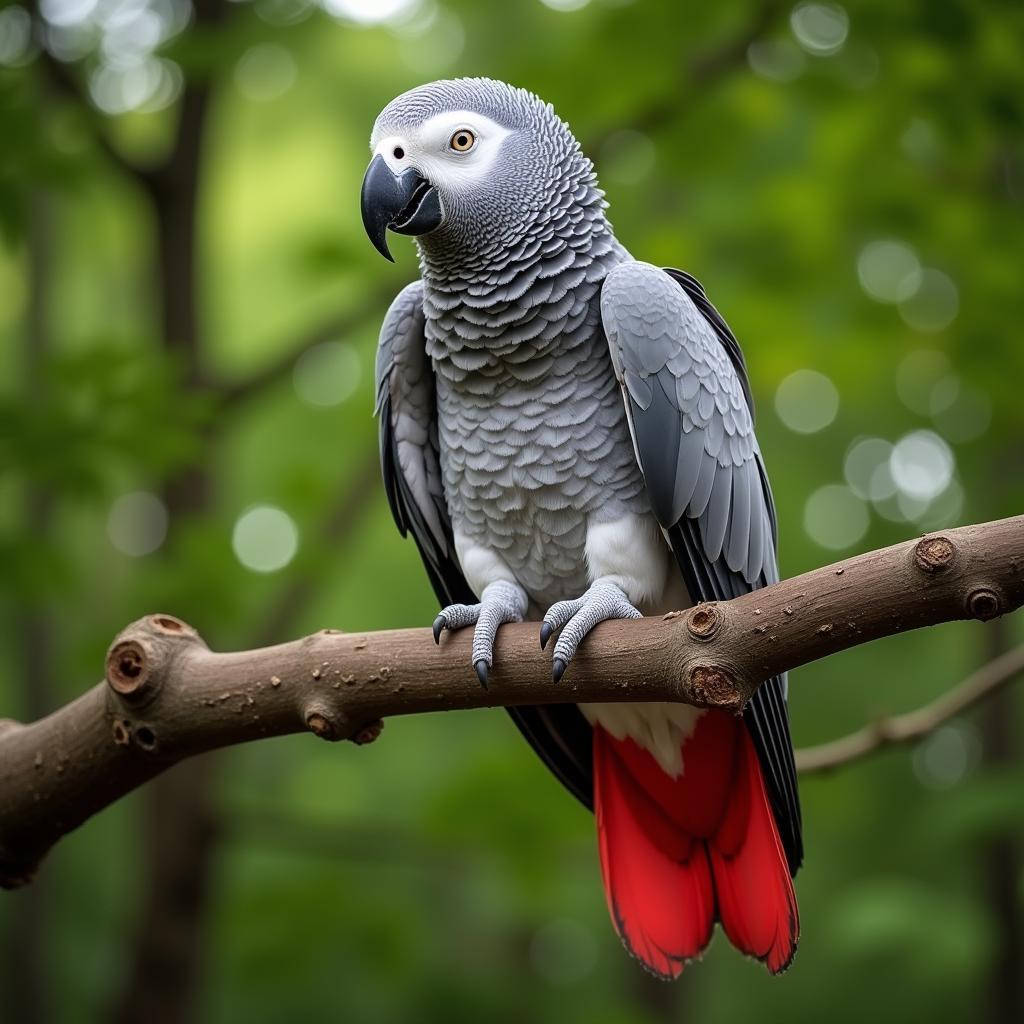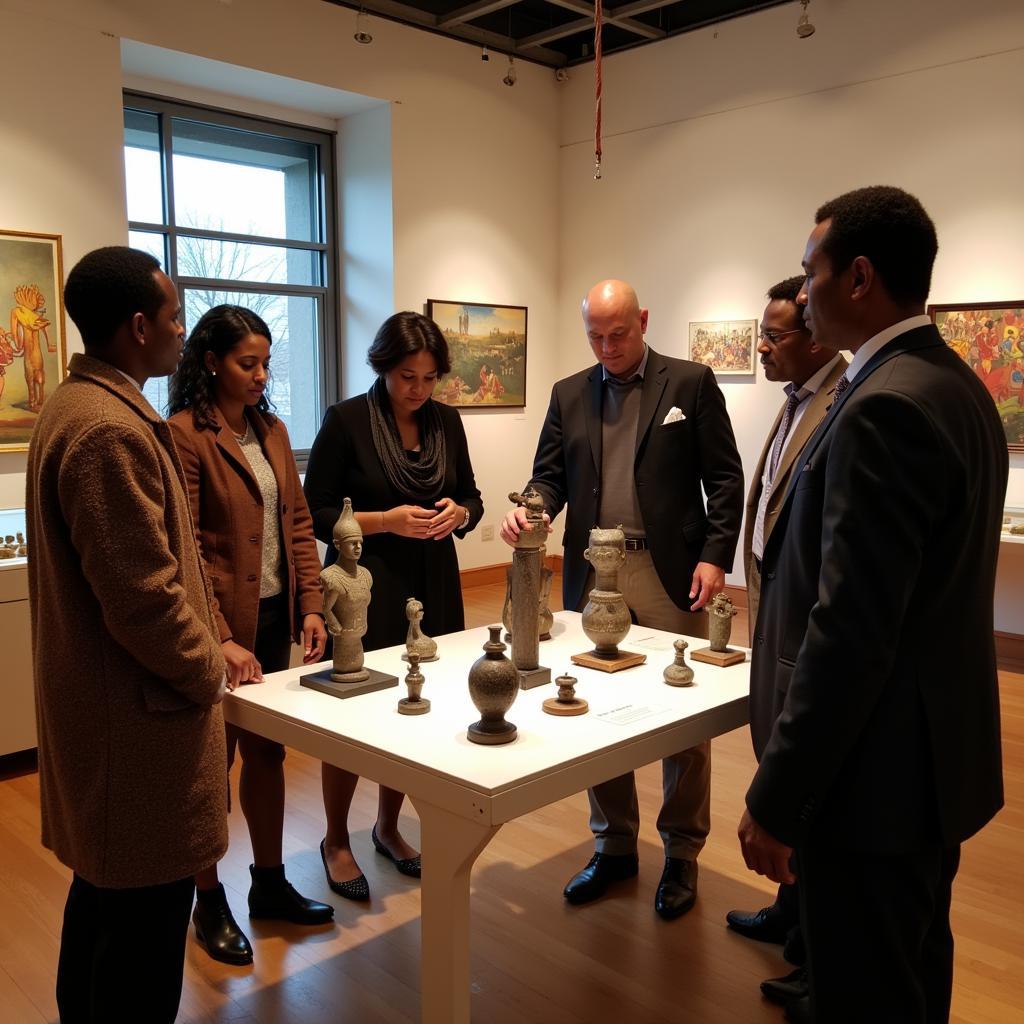African Face Paint Boys: Exploring the Rich History and Significance
The practice of African Face Paint Boys, deeply rooted in tradition and ritual, offers a captivating window into the diverse cultures of the continent. More than just aesthetic decoration, these intricate patterns convey deep meanings, reflecting tribal affiliations, social status, and spiritual beliefs. This article delves into the fascinating world of African face paint boys, exploring its historical context, cultural significance, and the stories these markings tell.
A Tapestry of Tradition: Unveiling the History of Face Painting in Africa
Face and body painting in Africa dates back thousands of years. Archaeological evidence points to the use of natural pigments like ochre, clay, and charcoal for body adornment since prehistoric times. These early forms of body art likely served various purposes, from camouflage and protection against the elements to social signaling and ritual practices.
Over the centuries, face painting traditions evolved and diversified across the continent, becoming intricately interwoven with the cultural fabric of numerous ethnic groups. From the Maasai warriors of East Africa to the Himba people of Namibia and the Wodaabe nomads of Niger, each community developed its unique style and symbolism associated with face paint.
 African boys with traditional face paint
African boys with traditional face paint
Beyond Aesthetics: Decoding the Meanings Behind the Markings
For African face paint boys, these markings are more than mere decoration; they are powerful symbols that communicate identity and status. The colors, patterns, and designs used hold specific meanings, often representing:
- Tribal Affiliation: Different tribes employ distinct patterns and colors to distinguish themselves, allowing for immediate identification within and between communities.
- Social Status: Certain designs may indicate a boy’s age, lineage, or position within the social hierarchy. For instance, intricate patterns might be reserved for young initiates undergoing rites of passage, marking their transition into adulthood.
- Spiritual Beliefs: Face paint often plays a crucial role in religious ceremonies and rituals. It can be used to invoke spirits, seek protection from evil, or honor deities.
- Marital Status: In some cultures, specific designs signify a boy’s availability for marriage, acting as a visual cue for potential suitors.
The Language of Color: Understanding the Palette of Pigments
The colors used in African face paint hold significant meaning, often derived from natural elements and their associated symbolism:
- Red: Frequently associated with blood, power, and vitality, red often features prominently in warrior face paint or during initiation ceremonies.
- White: Symbolizing purity, spirituality, and the afterlife, white is often used in rituals related to mourning, ancestor veneration, or healing.
- Black: Representing mystery, strength, and protection, black often appears in face paint designs associated with war, hunting, or spiritual ceremonies.
- Yellow: Linked to the sun, warmth, and fertility, yellow frequently symbolizes prosperity, abundance, and happiness.
A Living Tradition: Preserving Cultural Heritage in a Changing World
While the practice of African face paint boys continues to thrive in many communities, it faces challenges from modernization and globalization. As younger generations increasingly engage with global trends and lifestyles, there’s a risk of traditional practices being forgotten or abandoned.
However, there’s a growing movement to preserve and celebrate these rich cultural traditions. Efforts are underway to document and archive traditional knowledge, ensuring its transmission to future generations. Additionally, there’s increasing recognition of the artistic value of African face and body painting, with contemporary artists incorporating these traditional aesthetics into their work, giving them new life and global exposure.
FAQs: Unmasking Common Queries about African Face Paint Boys
1. Is face painting only for boys in African cultures?
No, while this article focuses on face paint boys, it’s important to note that both males and females engage in face and body painting across different African cultures. The specific designs, colors, and occasions for adornment may vary depending on gender roles and traditions within each community.
2. Are the pigments used in traditional African face paint safe for the skin?
Traditionally, natural pigments derived from plants, minerals, and clay were used for face painting, considered safe and often possessing medicinal properties. However, with the introduction of commercially produced paints, it’s crucial to ensure that only non-toxic and skin-safe products are used, especially on children.
3. Is it considered disrespectful to replicate African face paint designs for non-cultural purposes?
Appropriation of cultural elements should always be approached with sensitivity and respect. It’s generally advised to avoid replicating culturally significant designs for costumes or casual wear as it can be perceived as disrespectful or trivializing deeply held beliefs and traditions.
4. What are some resources for learning more about African face painting traditions?
Museums specializing in African art and culture often have exhibits dedicated to body adornment and its significance. Additionally, numerous books and online resources delve into the intricacies of African face painting, offering insights into its history, symbolism, and cultural context.
Exploring Further: Additional Insights into African Culture
If you’re interested in delving deeper into the vibrant world of African culture, check out these related articles:
Conclusion: Celebrating the Art and Heritage of African Face Paint Boys
The tradition of African face paint boys offers a captivating glimpse into the rich tapestry of cultures that grace the continent. More than just aesthetic embellishments, these intricate markings serve as powerful symbols of identity, status, and spiritual beliefs, connecting generations through a visual language passed down through centuries.
As we’ve explored, the significance of African face paint extends far beyond its visual appeal, offering a window into the complex social structures, spiritual practices, and artistic sensibilities of diverse African communities. By understanding and appreciating these traditions, we gain a deeper respect for the beauty and diversity of human cultural expression.
Contact us for support at Phone Number: +255768904061, Email: kaka.mag@gmail.com or visit us at: Mbarali DC Mawindi, Kangaga, Tanzania. We have a 24/7 customer support team.


